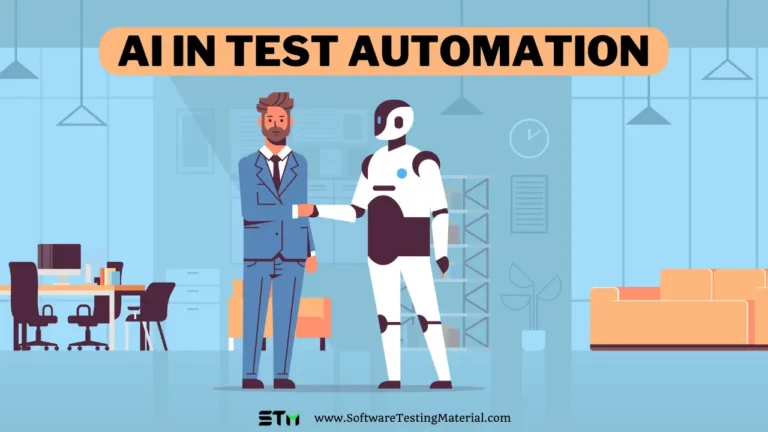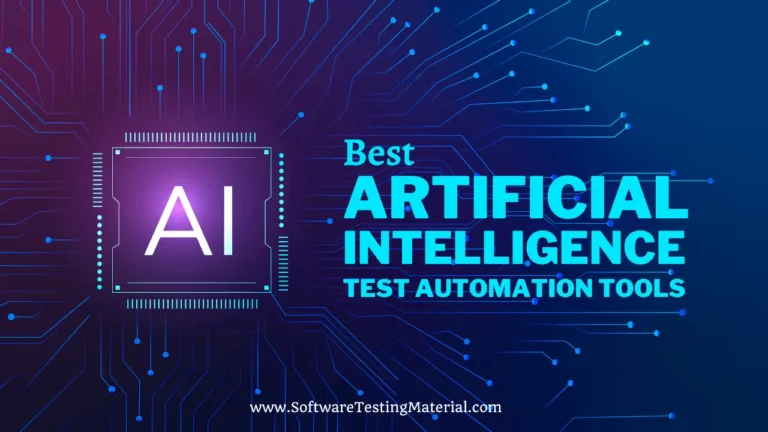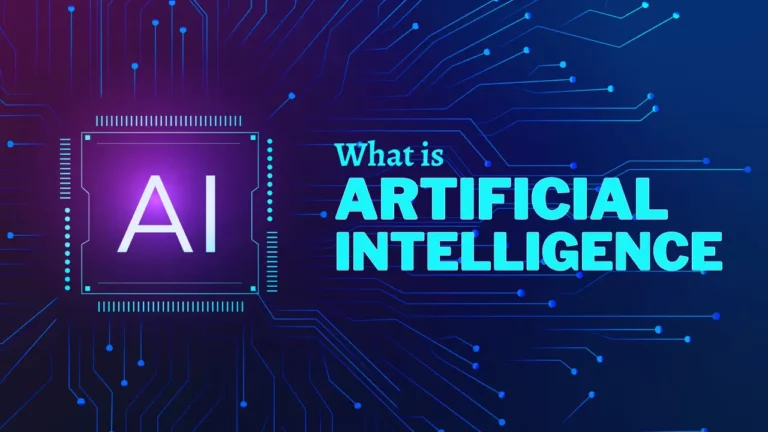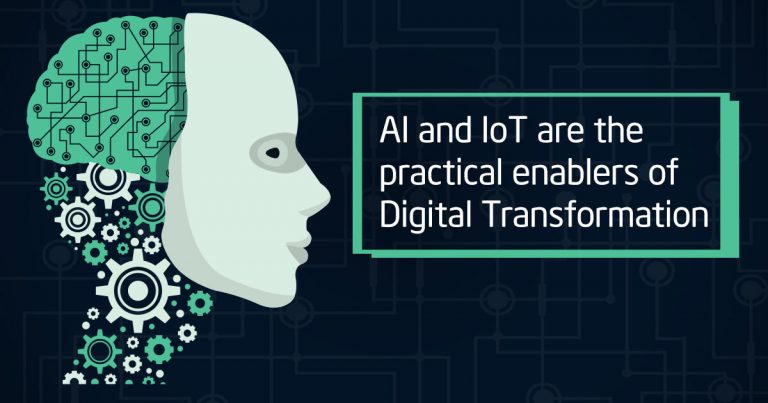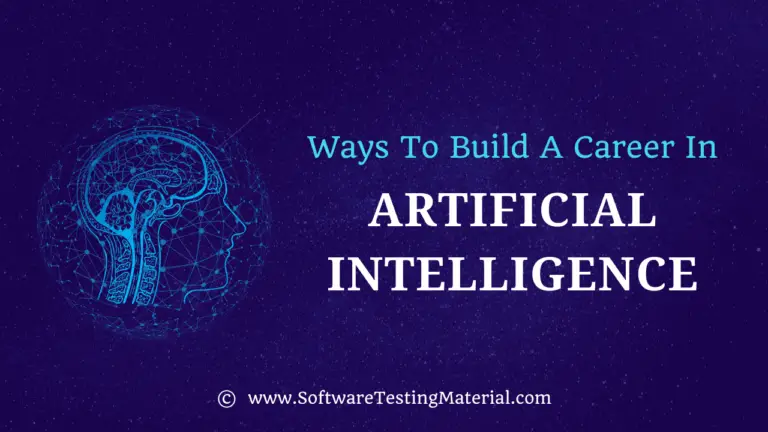Weak AI vs. Strong AI | Types of Artificial Intelligence
In the fast-evolving domain of artificial intelligence (AI), distinguishing between Weak AI vs. Strong AI has become crucial for researchers, developers, and ethicists.
This article aims to explore the nuances and implications of these two types of AI, which differ fundamentally in their capabilities, applications, and the potential they hold for the future.
From the virtual assistants in our smartphones to the futuristic robots of science fiction, understanding these AI types not only illuminates current technological capabilities but also maps the trajectory of AI’s development and how it could reshape our world.
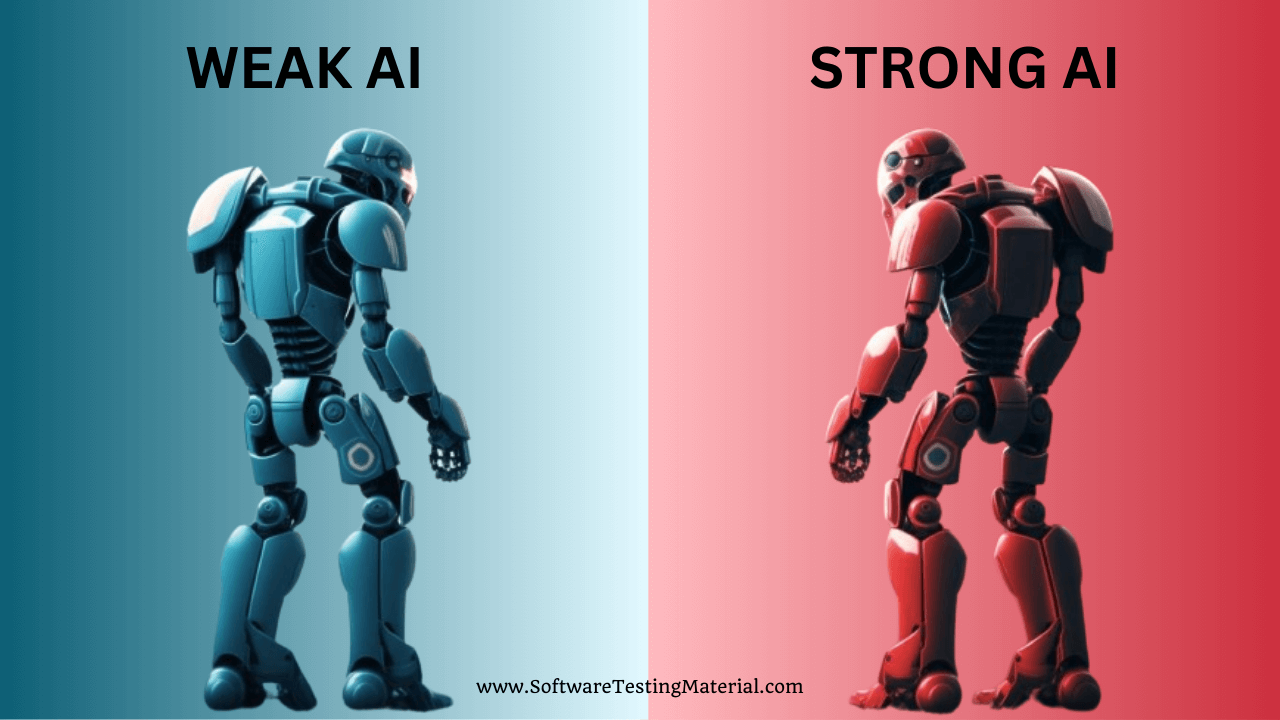
What is Weak AI?
Weak AI or narrow AI or artificial narrow intelligence (ANI), is designed to excel in a specific task or solve a particular problem. The term “weak” refers not to its capability but to its specialized focus and absence of consciousness or self-awareness. For instance, a smartphone’s voice assistant, capable of answering queries or setting alarms, exemplifies weak AI. Despite appearing intelligent, it operates strictly within the bounds of its programming, lacking the ability to think independently or perform tasks beyond its designated functions.
Examples of Weak AI
- Smart assistants like Apple’s Siri, Google Assistant, IBM watsonx™, and Amazon’s Alexa
- GPS and navigation apps like Google Maps
- Email filters
- Chatbots
- Self-driving cars
- Recommendation Systems used by streaming services like Netflix and Spotify
What is Strong AI?
Strong AI, which includes artificial general intelligence (AGI) and artificial super intelligence (ASI), aims to develop machines that possess the capability for human-like or superior cognitive functions, including thinking, learning, and decision-making. AGI represents a sophisticated form of AI that can learn and perform any intellectual task that a human being can, whereas ASI refers to an even more advanced form of AI, surpassing human intelligence and speed in all aspects.
In contrast to narrow AI, which is designed to perform specific tasks, strong AI would have the versatility to address challenges across a wide range of domains. This advanced form of AI is still in the conceptual phase, with researchers diligently working towards making it a reality. The successful development of strong AI could lead to unprecedented levels of machine autonomy and intelligence, marking a significant milestone in the field of artificial intelligence.
Examples of Strong AI
Although Strong AI, or Artificial General Intelligence (AGI), still exists more in the realm of theoretical exploration and futuristic visions, numerous hypothetical scenarios underscore its transformative potential.
One common example is the concept of an autonomous healthcare robot with the capability to diagnose and treat patients on its own, seamlessly incorporating the latest medical discoveries without needing human input.
Another example involves advanced environmental systems that could manage entire ecosystems, predicting changes and responding automatically to maintain balance.
Moreover, the concept of AI conducting complex scientific research, generating new theories, or conducting experiments without human guidance showcases the vast scope of AGI’s potential influence.
While these examples are currently speculative, they illuminate the goals of AI researchers dedicated to bridging the gap between narrow AI and the broad, dynamic capabilities of strong AI.
Weak AI vs. Strong AI
| Aspect | Weak AI (Narrow AI) | Strong AI (General AI) |
|---|---|---|
| Definition | Weak AI is designed and trained for a specific task. It operates under a limited pre-defined range or set of guidelines. | Strong AI refers to AI systems with the ability to understand, learn, and apply knowledge in different contexts, much like a human’s cognitive abilities. |
| Examples | Siri, Alexa, customer service chatbots, recommendation systems. | An AI that can perform any intellectual task that a human being can do. Examples are still theoretical as strong AI has not yet been achieved |
| Learning Ability | Has a limited capacity to learn. It can only improve within its specific task or programmed area. | Has the potential to learn from experiences, understand abstract concepts, and apply knowledge to different domains. |
| Consciousness | No consciousness or self-awareness. It operates based on algorithms and data without any understanding or awareness of what it is doing. | Aims to have a form of consciousness or self-awareness, making decisions based on experiences and emotions similar to human beings. |
| Flexibility | Extremely limited. Cannot apply its function beyond the specific tasks it was designed for. | Highly flexible. Theoretically, it can adapt to perform any task, apply knowledge from one domain to another, and solve problems it wasn’t specifically programmed to solve. |
| Human Intervention | Requires human intervention for setup, updates, and improvements based on its narrow field of application. | Minimal to no human intervention required after initial programming. It could independently evolve and adapt its knowledge and processing abilities. |
| Achievement Level | Achieved and widely used in various sectors such as customer service, entertainment, and healthcare. | Still theoretical. Researchers are exploring the possibilities, but practical, fully functioning strong AI does not yet exist. |
| Impact on Society | Enhances efficiency and productivity in specific tasks or fields. Can perform repetitive or data-intensive tasks without fatigue, but does not replace the need for human intelligence. | Has the potential to significantly alter societal structures, including the economy, employment, and ethical considerations. The full impact is still a matter of speculation. |
Conclusion: Strong AI vs. Weak AI
In conclusion, the contrast between weak AI and strong AI represents a fundamental divide in the field of artificial intelligence. The current landscape is dominated by weak AI, with practical applications enhancing our daily lives through specific, well-defined tasks.
Strong AI, on the other hand, remains a visionary goal, enticing researchers with the prospect of creating machines that possess human-like or superior cognitive abilities. The pursuit of strong AI not only promises to redefine our interaction with technology but also poses ethical and philosophical questions about the essence of intelligence and consciousness.
As we advance toward this boundary, the distinction between weak and strong AI will undoubtedly play a pivotal role in shaping the future of artificial intelligence, with implications that span across every facet of human endeavor.
Related posts:
- Best Artificial Intelligence Software
- Best AI Essay Writers for Original, Quality, Undetectable Essays
- Best AI Math Solvers for Instant Math Solutions
- Best Ways To Build A Career In Artificial Intelligence
- How AI Play A Critical Role In The QA Strategies Of The Future
- AI & IOT Are The Practical Enablers Of Digitial Transformation
- AI in Test Automation: A Comprehensive Guide

